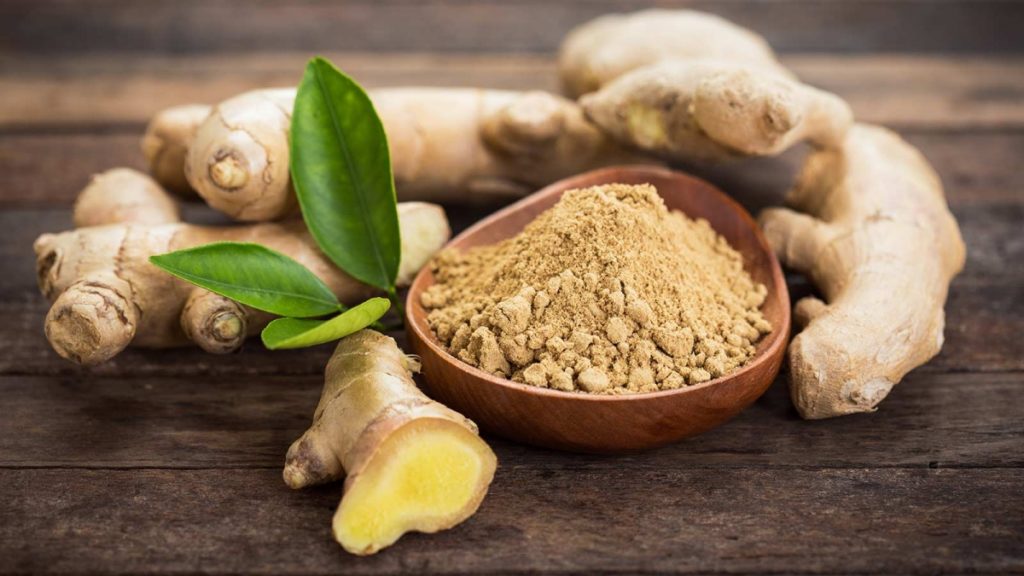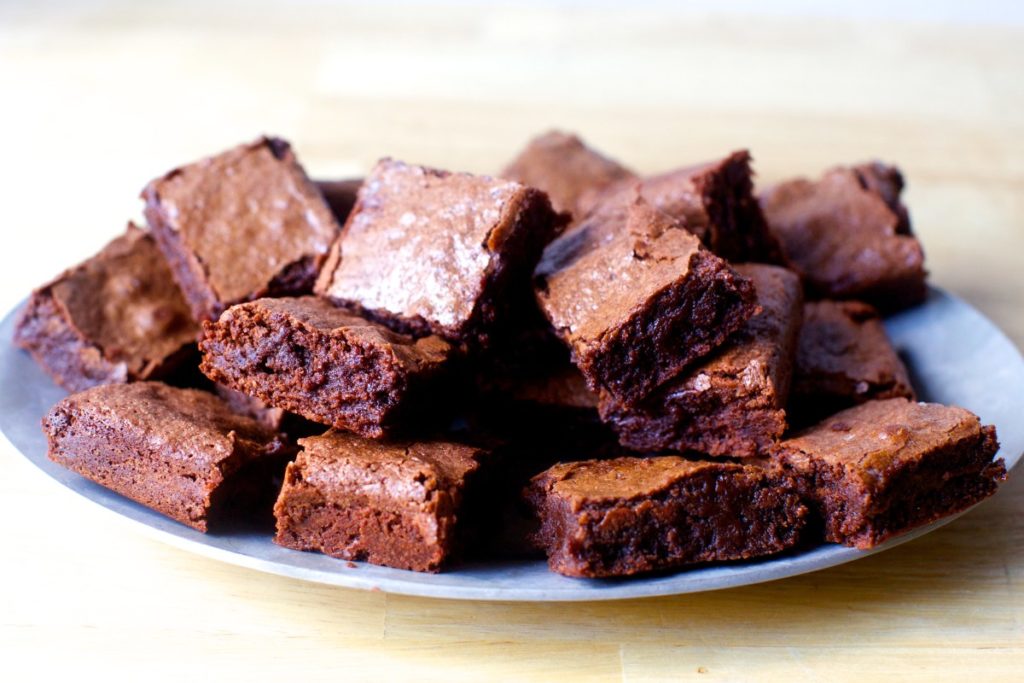Whether in its powdered or fresh root form, ginger is a resourceful ingredient to keep in your kitchen for all manner of dishes.
However, even kept in a refrigerator it won’t take more than a few weeks for ginger to start to spoil - it can wither and rot, and the deterioration can be plain to see. This is especially true for ginger which has been peeled or any part which has been cut and exposed.
But here’s the good news - ginger can be frozen. There are plenty of ways to do it, and whatever process you choose it’s easy to prepare it for freezing, and even the defrosting is simple and swift.
This post may contain affiliate links. Read my disclosure policy here.
How to freeze ginger
You can freeze ginger whole or sliced, and peeled or unpeeled. You’ll find more information about each method below, but it’s recommended that you peel it before freezing.
Even on fresh ginger peeling can be difficult; the skin can seem particularly stubborn, so that outer layer will only get tougher when frozen.
Regardless of when you choose to remove the skin of your ginger, make sure you use the edge of a spoon. Using a knife can prove difficult, and staying accurate to prevent waste is hard.
You also run the risk of slipping and causing yourself an injury, so keep to your trusty spoon for the best results.

Freezing ginger whole or in chunks
Obviously, freezing the ginger whole is your quickest bet. Whether peeled or not you should wash the root, and then all you’ll need to do is place it in a zip lock bag and it’s ready for the freezer.
The process is the same for similarly large pieces, i.e if you were to just chop your root in half before freezing.
This method is ideal if you’re mostly going to need grated ginger, as you can just retrieve one of these pieces from the freezer and get to the grating. Frozen ginger is actually prove easier to grate, as making the outside of the ginger harder means it will run across the grater much better.
You’ll find that a lot of recipes that use ginger require a “thumb-sized” piece of ginger, so it might be better to chop your root into such small pieces.
That way, you’re good to go as soon as you pick out a piece of ginger from the freezer as you can just pop it straight into the mix, and if you do end up needing grated ginger then these pieces will still be a good size for doing so.
Freezing grated ginger or ginger paste
Again, you can start with either the full root or smaller pieces here. You can grate by hand until desired, although this can of course be time-consuming. If you have a food processor to hand, use that to quickly grate to the size you need.
You have two options next. The first is to put the grated ginger into a zip lock bag and firmly press it until it forms a sheet.
Then, when the ginger is needed, get your sheet from the freezer and snap off however much you may need. Keep it to a few millimeters thick at most, so you don’t have any difficulty in snapping.
Alternatively, you can use an ice cube tray to freeze grated ginger. Place three teaspoons of ginger in each slot, add just enough water to cover each one, and then freeze. Depending on your storage needs, you can either keep them in the tray or transfer them to a zip lock bag.
For any paste containing ginger, repeat the ice cube tray method you used for grated ginger, but instead of covering with water use an equally thin layer of vegetable oil.
How to defrost ginger
If you thought freezing ginger was easy, then defrosting it is even simpler.
For the most part, you can just add your frozen ginger straight into whatever recipe you’re preparing. The heat from the cooking process will cause the ginger to thaw naturally as you cook.
However, if you need your ginger a little quicker, for a cold recipe or if you’re using a larger piece, then it doesn’t take long to defrost it. Place your piece of ginger in cool water, and roughly two minutes later it’ll be good to go. It can also be left to thaw at room temperature for around five minutes.
If you’re in a real rush, then you can thaw out your ginger by reheating it in a microwave. This will only take around fifteen seconds, so keep a close eye on it. If it needs longer, return it to the microwave for no more than a few seconds at a time.
As ginger defrosts so quickly, be careful how much you remove from the freezer. Keep your servings as accurate as possible so that you avoid having to refreeze any excess.
If you’ve frozen a whole ginger root which you then need to slice, then defrosting it (even if not completely) is essential. Slicing it when frozen is even more difficult and potentially hazardous than normal!
How long can ginger be kept frozen?
Ginger will keep in the freezer for up to nine months, losing little in quality over this time. It won’t necessarily harm you if you use it after this time, but like most frozen goods it will lose more flavor the longer it’s kept in the freezer.
Keep in mind that you will get a slightly-milder flavor from defrosted ginger, and repeated freezing will only make it milder still.
Summary
If you buy your root fresh - which, let’s face it, is the best bet for maximum flavour - then it can be difficult to cut down on waste. It’s not as if using up an entire root within a few weeks is always a guarantee, either.
Luckily, the list of ways to freeze ginger is almost as diverse as the list of its uses. With the knowledge in this guide, you’ll be sure to get the maximum use out of your ginger, whilst cutting down on waste.
You may even save money in the long run, as a good amount frozen in storage will cut down how often you need to buy a new root!





